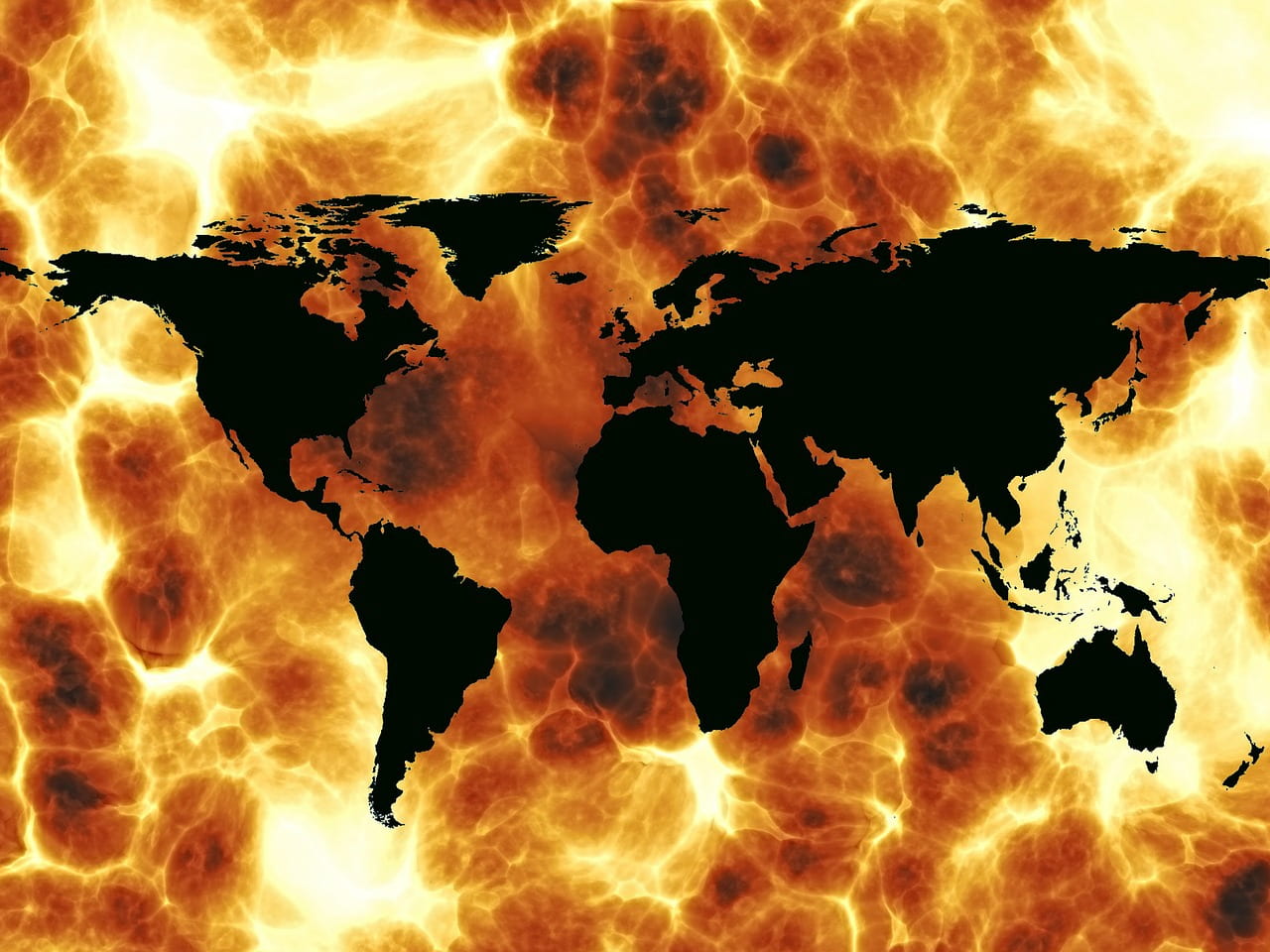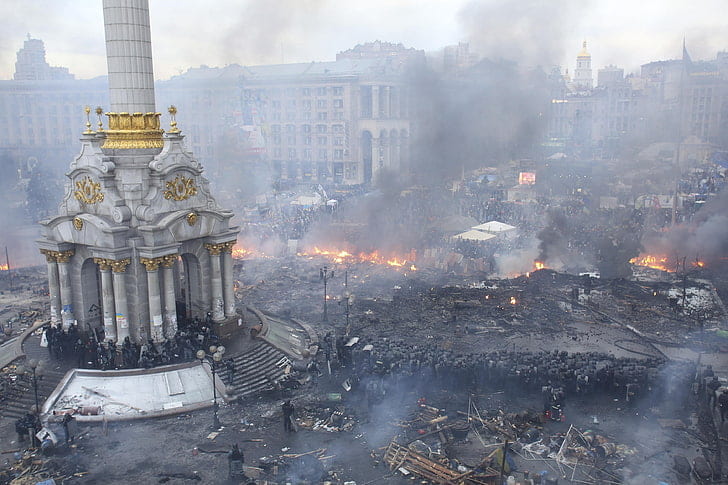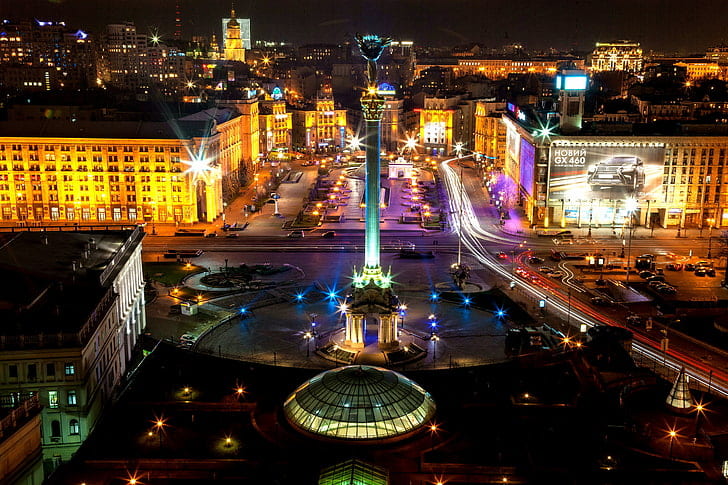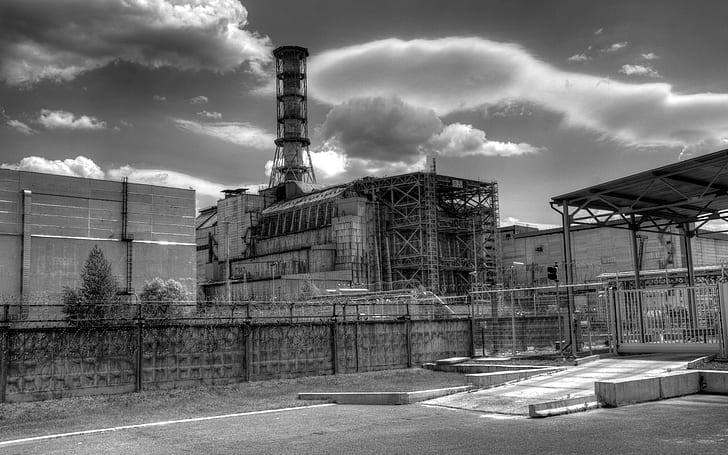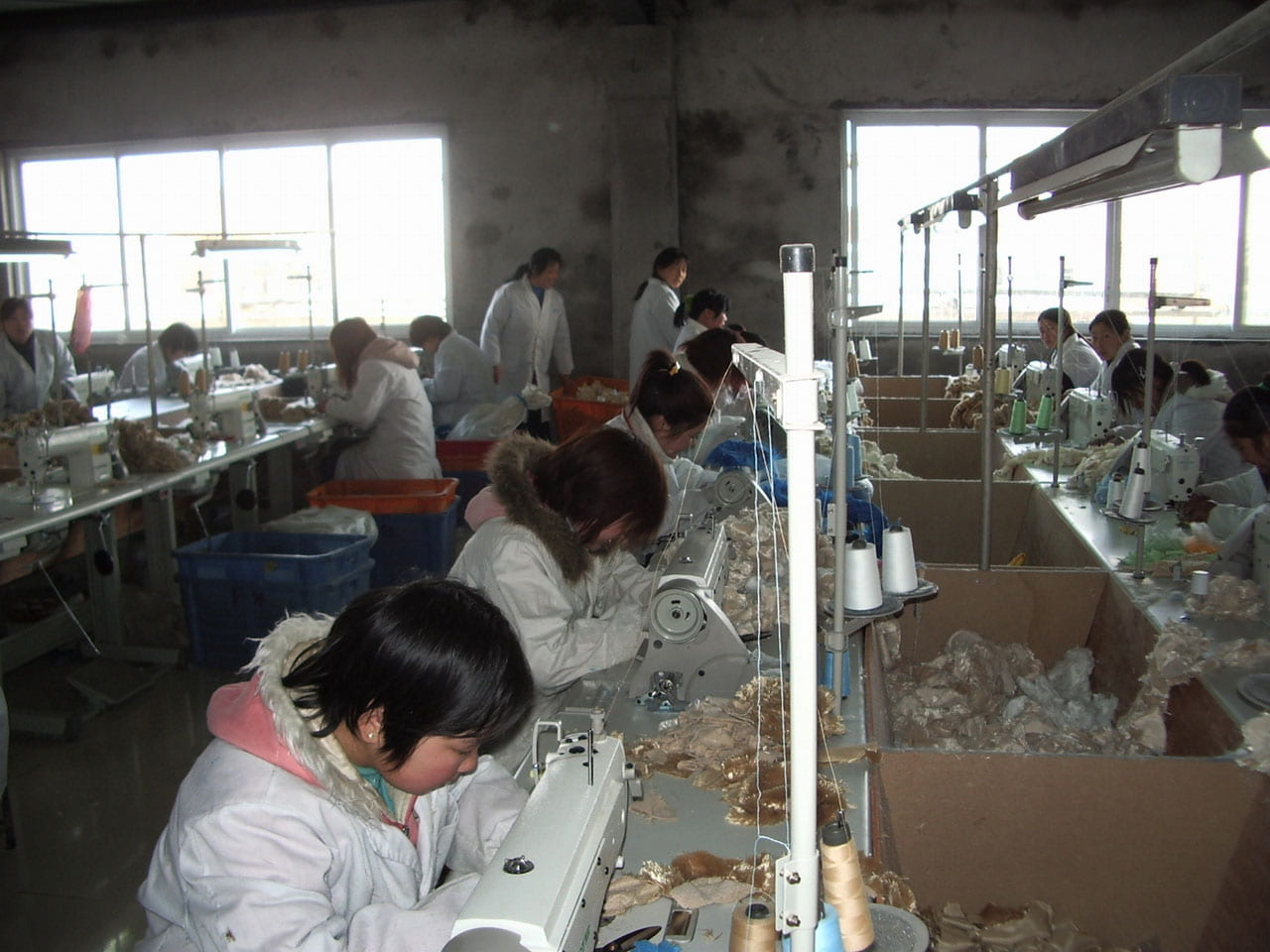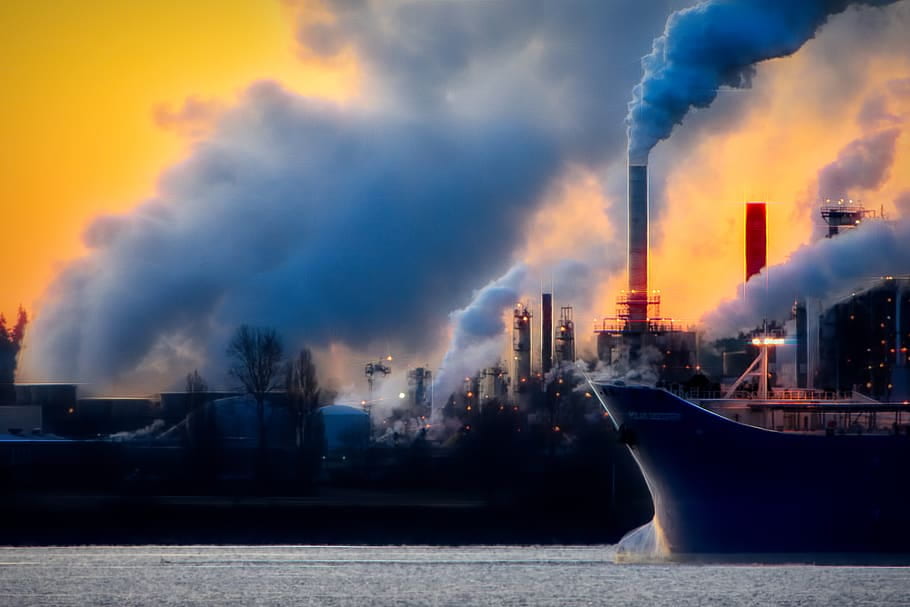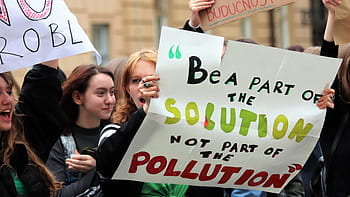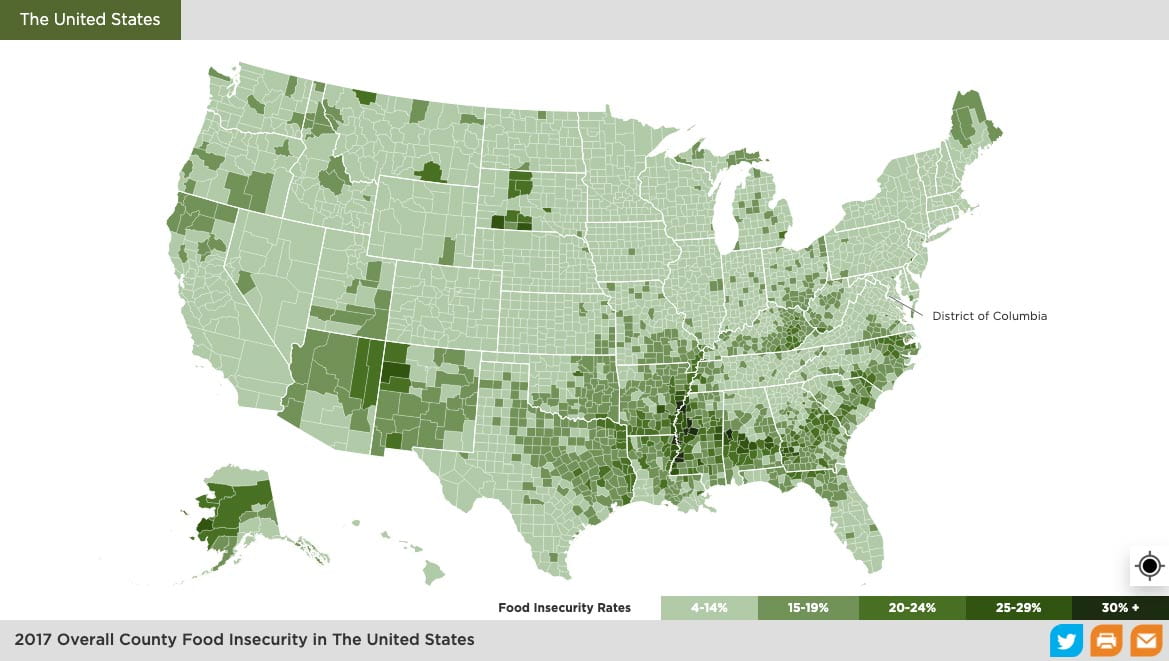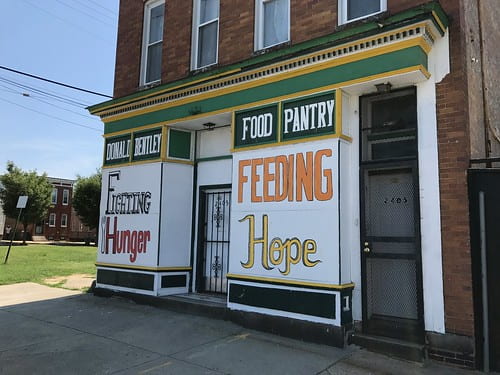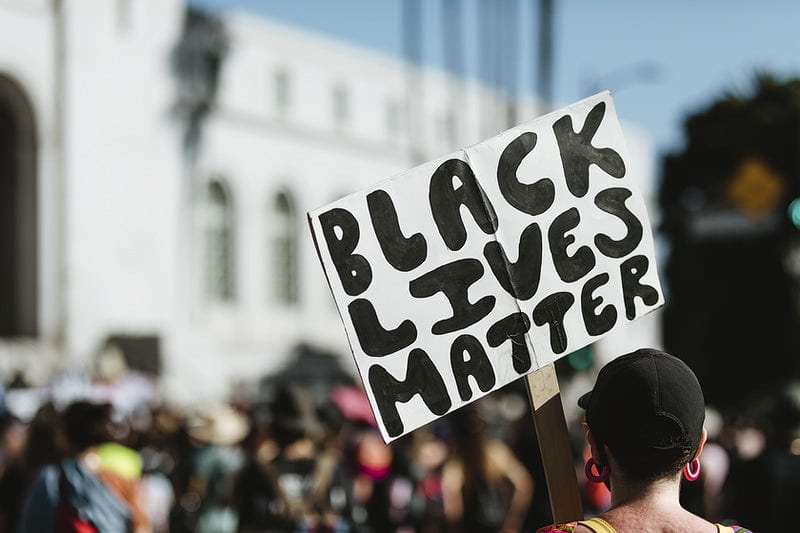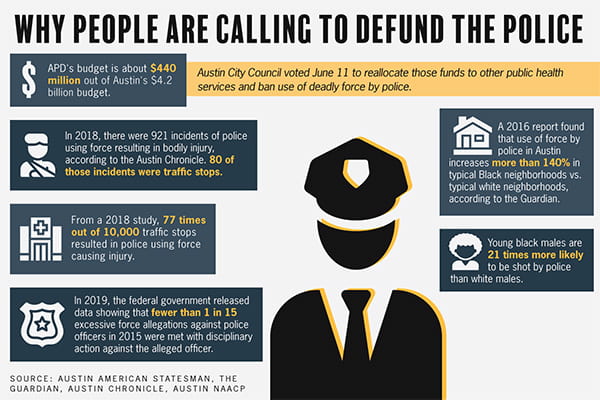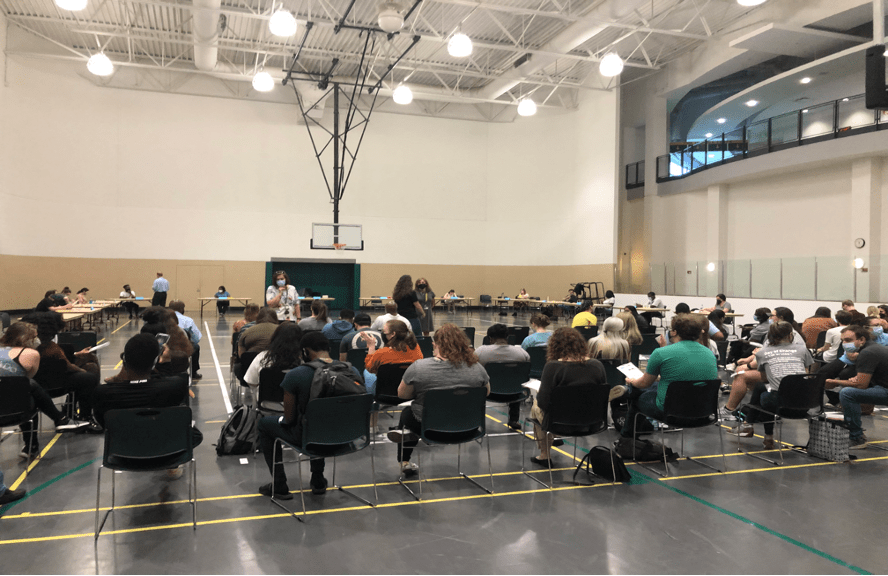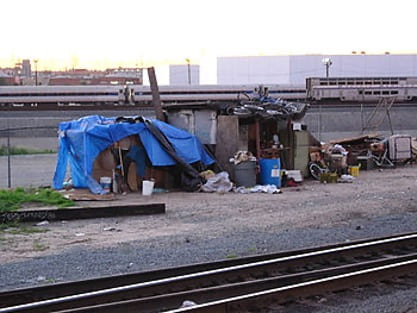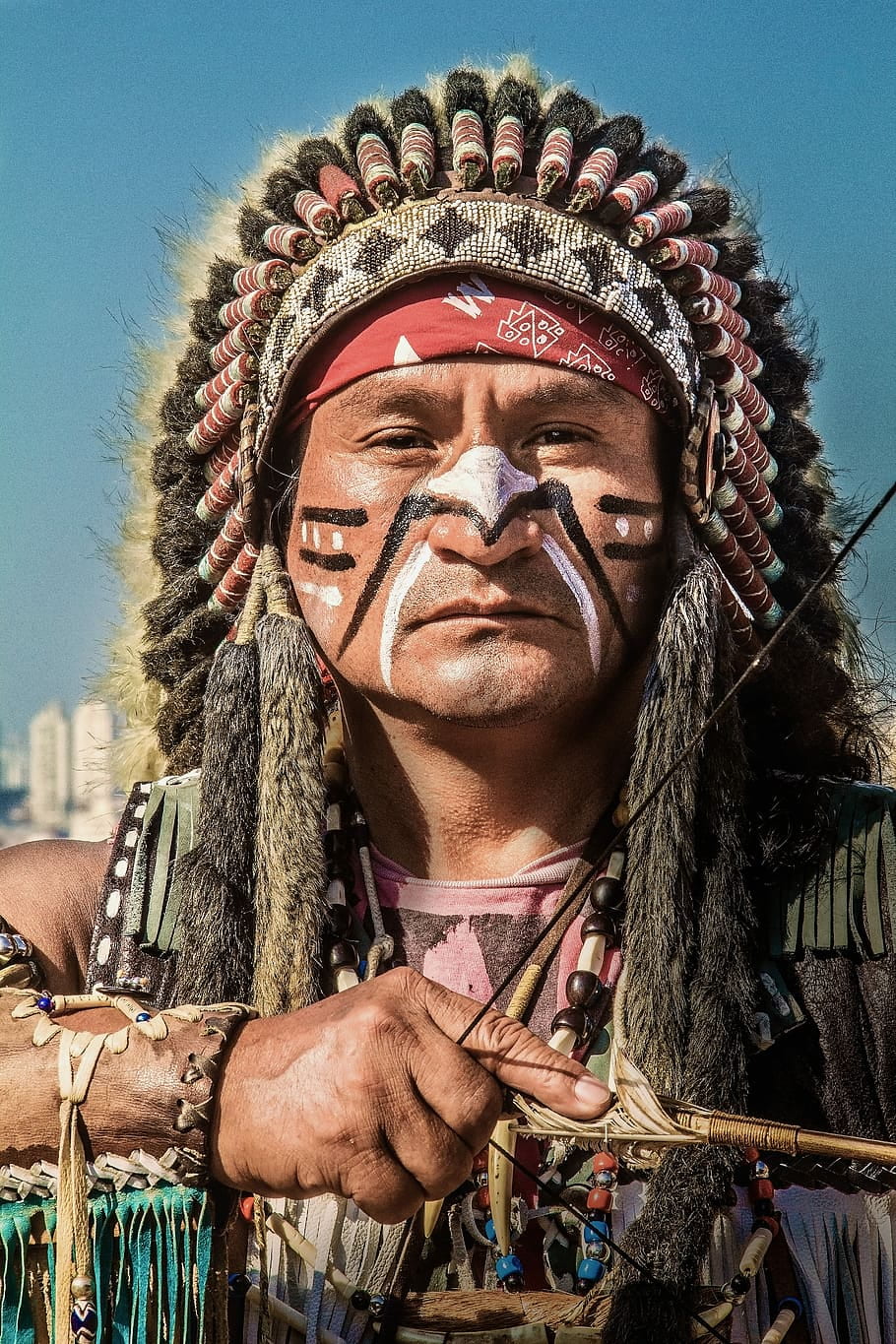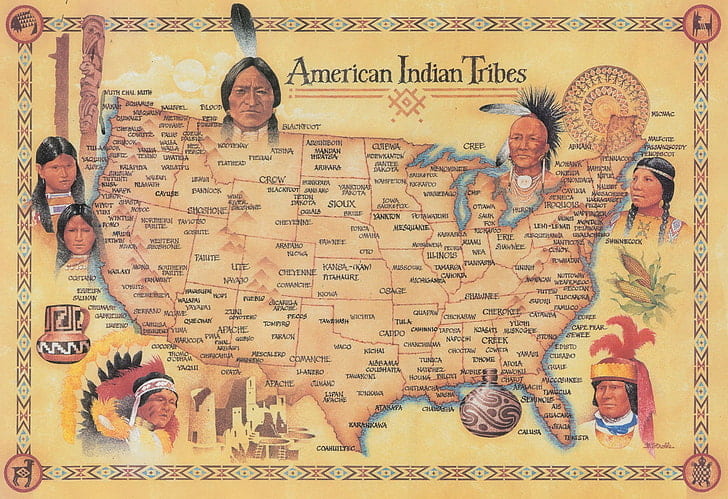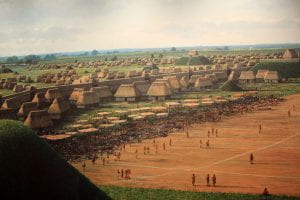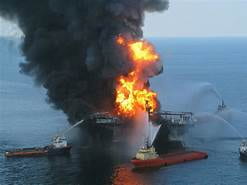
As gas prices continue to skyrocket in response to the ongoing crisis in Ukraine, many people are feeling the impacts of our global reliance on nonrenewable resources and reconsidering the pros and cons of our collective consumption of these natural resources. Many nations are worried about how their access to natural resources is closely related to the foreign relations and policies they support. Others, like Germany, see this as an opportunity to relieve their dependency on nonrenewable resources as a whole, and to transform their societies to use greener, more sustainable, renewable resources, such as solar and wind energy. As climate change continues to be a growing threat to the future of humanity, transitioning our societies and our infrastructure to support and even incentivize the use of renewable resources can serve the purpose of not only combating climate change but can also create new job opportunities worldwide. To comprehend the need to shift to a more sustainable society, we need to focus on the details of the oil development process. This includes the development, transportation, and distribution of the oil products, and how oil wastes are managed. Examining these issues more carefully can help us better understand how these processes impact the environment around us. The oil and gas industry is responsible for countless environmental and human rights violations, and their practices and international influence have horrifying consequences. It is crucial, now more than ever, to realize just how dependent we are on this resource, how that dependency can lead us to make flawed foreign policy decisions, and why that can have irreversible consequences on the future of mankind.
Crude Oil and the Environment
Crude Oil Extraction and Development

The process of developing and refining oil is a complex one, in which the crude oil is separated into many different products throughout the process. Crude oil is separated into gasoline, diesel, petroleum, jet fuel, and even propane gas, to name a few. To explain a complex process simply, oil development infrastructures are built near sites rich with natural oil and gas, and this infrastructure drills the resources out of the ground in an extraction process. The extraction process, after the initial extraction of the resources, also includes the practice of fracking. The process of fracking includes the use of fracking fluid, made up of water, sand, and chemicals, which are injected back down the drilled site forcefully, in order to extract any remaining amounts of oil and gas hidden inside of rocks. The extracted oil, known as crude oil, is then processed in various ways to refine the crude oil into petroleum products. Crude oil goes under a distillation process, where it is heated up in a furnace and distilled in a tower that separates the various products based on varying temperatures and density and is treated in special vacuum units and cracking units to deliver the final set of products. The special vacuums help separate the various products based on temperature and density, and the cracking units alter the molecular weight of hydrogen atoms to form the final products. Each barrel of crude oil can produce about half a barrel of gasoline, a quarter of a barrel of diesel fuel, a tenth of a barrel of jet fuel, and the rest can be refined to be used as other petroleum products.
In this part of the oil development process, one of the most environmentally impactful practices is the process of fracking. This process has harmed both the environment and its residents, and in this way, can have long-term consequences. It includes the possibility of fracking fluids leaking into groundwater, or surface water, and polluting these sources with cancer-causing chemicals. Also, the process of fracking alone requires tremendous amounts of water to extract the last bits of oil and gas trapped inside rocks. In this way, fracking is not only polluting the underground and above water sources, it is also using the remaining clean water for the fracking itself. Since the rise of fracking practices over the past few decades, even American residents who live in places such as Flint, Michigan, have been struggling with health concerns and having access to clean water due to fracking practices in their community. These are all consequences of simply one part of the oil development process. Once the oil is developed, how is the waste from the process managed?
Managing the Waste from the Oil Development Process

Following the extraction and refinement of the crude oil, the wastes that are derived from this process, which is a mixture of water, minerals, chemicals, oil waste, and the toxins released from the process, are required to be treated, stored, and disposed of in specified ways outlined by regulatory legislations. These requirements maintain that the oil waste referred to as sludge, is to be treated so that hazardous chemicals are removed from the sludge, stored in safe areas, (such as above-ground pits that are lined to prevent the wastes from seeping into the soil or the groundwater), and disposed of in secure, underground landfills with specific disposal instructions.
Failure to adhere to the safe disposal of these hazardous wastes can cause environmental, physical, and social harm. Even during the disposal process, including treatment of hazardous waste, storage of the sludge, and safe disposal of this waste, pose incredible risks to both the environment and the health of both the employees and the local residents exposed to this waste. Hazardous waste is generally treated through various methods, like incinerating the waste, which leads to greater air pollution in nearby areas. These chemicals in the air can then be breathed in by employees, or can even be carried to nearby civilian populations, increasing the risks of respiratory illnesses among its citizens. As with the case in Ecuador, (explained below), some oil and gas companies have been reported to store these wastes in unlined pits, and incinerate them in the open, instead of in an enclosed, controlled environment. These corrupt practices further cause respiratory issues for local residents in the area.
Water is also used throughout the oil development process, and because it contains chemicals and toxins that have mixed in with these products, the leftover sludge is supposed to be treated and disposed of with extreme caution at the end of the process. In order to do this, massive pits are dug up and lined in the ground, where the sludge is stored until it can be treated and disposed of. Not doing so can endanger the surrounding environment, as the sludge can leak into the ground, polluting the soil and rendering it infertile for plant growth. It can also seep into nearby streams and rivers, polluting drinking water used by local populations and the area’s species alike. Similarly, although many nations have strict laws on the books requiring oil companies to store waste in lined pits, many wind up storing the sludge in unlined pits, polluting the nearby waters, and leaking oil sludge into the soil. This not only impacts the ecosystem that depends on the soil and the nearby water sources but also prevents the polluted soil from being used for agriculture, impacting the local food security.
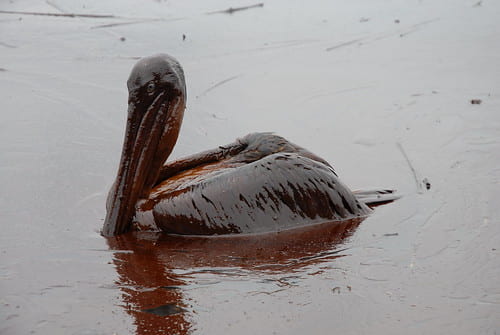
Additionally, people who use those streams for recreational purposes, end up developing skin rashes, cancer, and other health issues. When disposing of hazardous waste, if it is not done properly, or if the waste begins to seep into the earth, it can continue to accumulate and pollute our lands and waters. Furthermore, because of the longevity of these hazardous chemicals, if they contaminate our groundwaters or aquifers, they can be very hard to treat, and the water can stay contaminated indefinitely. These chemicals can even accumulate in the species that use these waters for nourishment, and as a result, bioaccumulate inside humans through the web of consumption. Throughout the process of treating, storing, and disposing of the sludge, oil companies attempt to extract and reuse as much of the exploitable oil from the process, attempting to recycle as much of the resource as possible. Even though this process of recycling the resource is less wasteful, it still ends up adding pollutants into the atmosphere and environment and impacting the lives of all the organisms sharing the land and its resources. Although we have been exposed to the countless impacts oil development, and oil waste treatment have on the environment and its life forms, the transportation of oil poses risks that are equally horrifying.
Oil Transportation and Distribution

The dangers that come from the irresponsible handling of oil and gas do not only pertain to the development of the oil products, or the disposal of their waste. The oil can pose grave dangers to the environment through the process of transporting refined goods, either by land or across the seas. Pipelines have been constructed to transport oil domestically and they run along hundreds of miles of populated land putting the residents near these pipelines at risk. Many protests have broken out against the building of new pipelines. One such example is the protests that broke out against the building of the Keystone XL pipeline, which was proposed to be built over the Ogalala Aquifer, a source of water for residential and agricultural use that serves millions of Americans living in nearby states. Many people opposed the pipeline being built because of the danger of oil spills polluting one of the main sources of drinking water for people in this area. These pipelines can also cut across the migration routes used by many species that reside in those areas, injuring, or even killing many organisms that travel these routes and further jeopardizing the biodiversity of the impacted areas. Biodiversity is an essential element to the survival of all life forms on Earth. Each organism plays an important role, (no matter how small or insignificant it may seem to us), to maintain the functionality of various ecosystems. Part of the dangers posed by this threat to biodiversity comes from the fear of losing keystone species, ones that play a fundamental role in the existence of certain ecosystems. Without these players, the entire ecosystem can be altered in disastrous ways, and this would in turn lead to more loss of biodiversity, feeding into a positive feedback loop that helps accelerate the climate crisis.
Furthermore, there are many dangers posed by shipments of oil across large bodies of water, including the possibility of oil spills occurring in the middle of the ocean or large bodies of water, destroying marine biodiversity. Oil spills are not only damaging marine life but are also tremendously difficult to clean up on large bodies of water. This has been a constant issue that the oil industry has struggled with. Some of these massive spills, such as the Exxon Valdez spill, or the Deepwater Horizon oil spill, have left the impacted communities with immense consequences. The Exxon Valdez spill was responsible for spilling 11 million gallons of oil into the waters of the Gulf of Alaska, destroying countless species of fish and marine wildlife, and polluting the waters, impacting the livelihood of the local communities whose economies depended on the marine wildlife. The Deepwater Horizon oil spill, which occurred off the coast of the Gulf of Mexico, was caused by the fracturing of a weak core inside the oil rig. This fracture released natural gas into the rig, and caused an explosion, allowing for the leakage of oil into the gulf. Approximately 134 million gallons of oil spilled into the waters, marking this event as one of the biggest oil spills in American history. Along with the environmental impacts that both these spills brought about, the process used to clean up the oil spill also uses many chemicals that can lead to a number of health issues, including cancer, developmental and reproductive issues, respiratory issues, and even food poisoning from consuming contaminated seafood and wildlife. These health issues impact not only the people that live near these spill sites but also the workers who are part of the clean-up team, inhaling the fumes and toxins from the cleanup process.
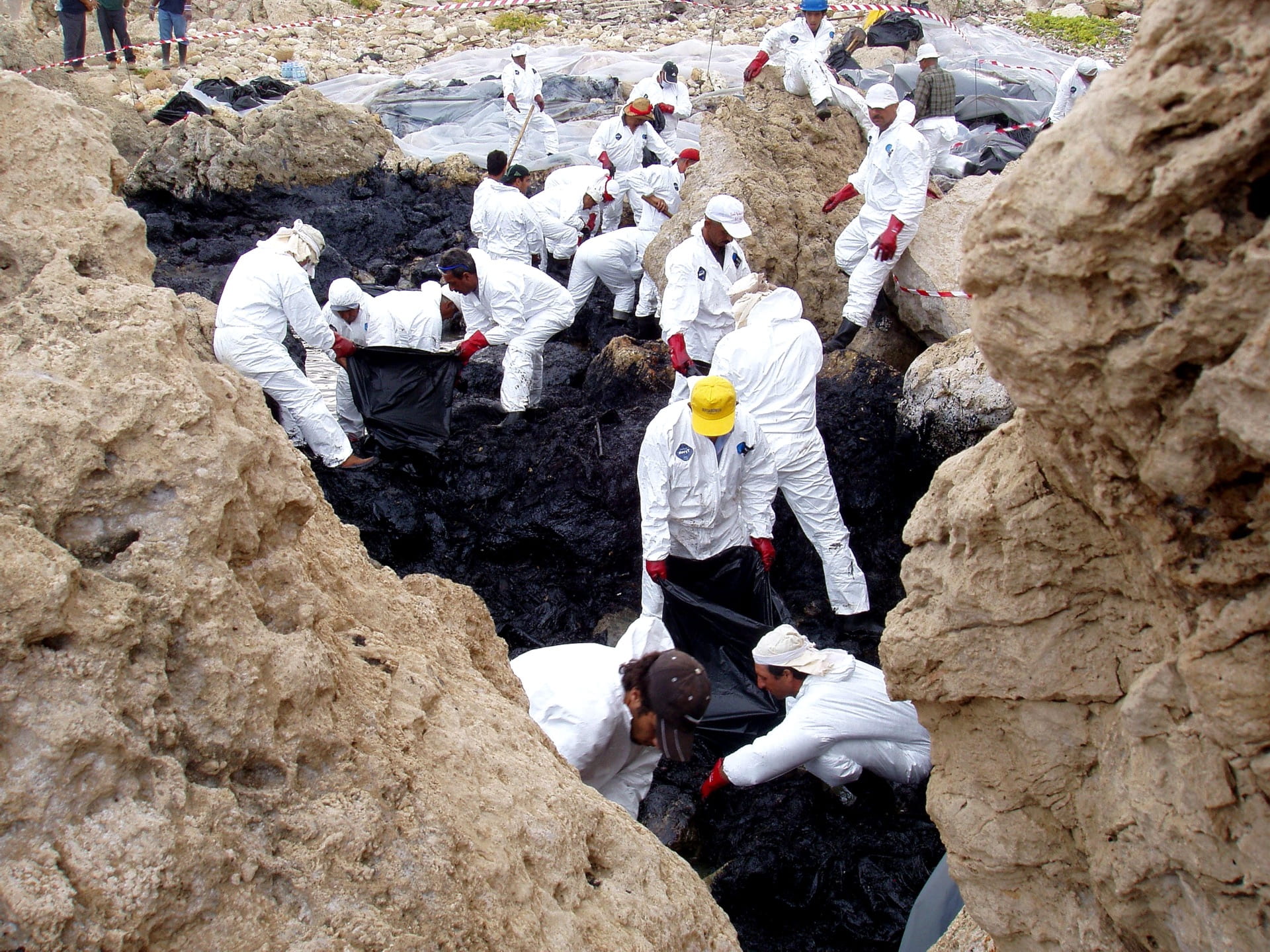
Environmental Racism and Big Oil
Environmental Racism
After learning about how oil is produced, distributed, and the ways in which oil waste is disposed of, it is equally important to examine who is largely impacted by these practices. As with many other industries that have practices that cause pollution, oil companies have long been accused of being negligent and careless when operating in disenfranchised areas, whether it be domestic, or international. In America, oil infrastructures and waste disposal sites are generally located in impoverished areas, and these areas are largely occupied by people of color, especially African Americans, and Native Americans. African Americans have historically been forced into impoverished and polluted spaces, and forced to work the most dangerous or strenuous jobs. The targeting of Native Americans by these industries is especially cruel due to their spiritual bond with the environment and its many wonders, and their cultural dependence on the environment as a whole. In a similar fashion, on the international stage, the disproportionate exposure from the oil infrastructures seems to be more prominent in poverty-stricken nations, and because the oil companies operating in poor nations have a greater political and economic influence over the governments and their people, they are able to evade the strict environmental regulation policies, endangering the planet, and its people in the process.
The reality of environmental racism in the oil industry, and its negligent practices, may be influenced by historical tones of colonialism and imperialism. Ecuador is one such nation that has been exposed to environmental racism, and one that has been fighting for environmental justice from the recklessness of the oil industry for over twenty years. Ecuadorians have been struggling to hold Chevron accountable for its faulty oil infrastructure, and the consequences to the environment and the local residents as a result of its operations. Commonly referred to as the “Amazon Chernobyl,” the oil development process in Ecuador has had environmental and health impacts that are magnificently larger than the Exxon Valdez spill. During its operation in Ecuador, Texaco, (and Chevron, through its ownership), has been responsible for spilling over 17 billion gallons of oil into Ecuadorian lands, and over 16 billion gallons of toxic waste into the local sources of water. The Ecuadorians addressed many of the health issues that were caused by the operation of the oil infrastructure and brought attention to the corrupt practices of Chevron. The Ecuadorians argued that Texaco, (which was bought by Chevron in 2001), had dumped their toxic wastes into unlined landfills and water sources both above and below the surface. Over 900 unlined pits were discovered through the investigation process of the class-action lawsuit filed against Chevron. At times, when the pits were overflowing, the oil company would just spread excess amounts of crude oil wastes onto the roads traversed by locals. Additionally, they argued that Texaco had violated their right to live on their ancestral lands, forcing them to migrate away from the water sources that were crucial for their survival. Furthermore, Texaco’s practices polluted their soils and waterways, endangering their food sources, and destroying the biodiversity of the environment. The Ecuadorians filed a class lawsuit against Chevron, arguing that Chevron had lied about its remediation attempts, (where the environmental damages are addressed and reversed), insisting that Chevron had just covered over large unlined pits with mounds of soil instead of properly treating the wastes. This lawsuit as investigated and processed in Ecuador recognized the pain and suffering of its Ecuadorian plaintiffs and rewarded them with a $9.5 billion settlement from Chevron. Instead of paying this settlement, Chevron has continually tried to downplay its egregious acts and has been attempting to shift the attention from the Ecuadorian lawsuit, to propose unfounded claims of corruption during the trial process in Ecuadorian courts. Chevron’s response to this lawsuit has been a massive overreach of corporate influence over the judicial process, in which they have been attempting to control the outcome of the lawsuit against them. Chevron’s latest attempts at influencing this outcome have been to harass human rights lawyer Steven Donziger, who worked on the Ecuadorian case against Chevron.
The Ecuadorian case is just one example out of many that exist around the world. Poorer nations are exploited for their resources and their cheap labor, and exposed to harmful chemicals and the pollution of their air, waters, and lands, slowly killing off the inhabitants of the Global South, or leaving them behind with multiple health issues and contaminated resources. These negligent actions are impacting the immediate areas of oil development but also wrecking the livelihood of its inhabitants nearby. Although the impacts of the oil industry’s practices are so widespread, because of its scope and political influence on the global stage, Big Oil continues to exploit vulnerable populations without much regulation or accountability.
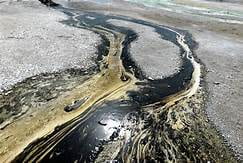
Big Oil and its Impact on International Affairs
Big Oil, referring to the massive influence the oil and gas industry has worldwide, is largely responsible for the public belief that oil and gas are necessary resources for human survival, and as a result, holds a great deal of influence over policies both domestic and abroad. There are many reasons behind Big Oil’s power, and its massive wealth (and its access to resources as a result), allow the industry access to political leaders (and policy decisions) throughout the world. Some of these oil companies have more money than the financial capabilities of entire nations. For example, according to Business Insider, Chevron, alone, has enough wealth to rank as the 46th largest nation in the world. They have more wealth than the GDP of the Czech Republic.
Along with this massive wealth, comes an immense amount of political power, especially since these oil companies have access to markets worldwide, and rely on the vulnerabilities of Global South nations as a cheap labor source. Big Oil companies are usually multi-national companies, where they have access to global markets, and due to the sale of highly valued resources such as oil and gas, these companies also have immense influence over how regulatory laws are created in economically vulnerable nations. In exchange for the host nation’s connection to the global market and an increase in job opportunities, these companies, like other multi-national companies, employ locals for a cheaper labor force, under loosely regulated conditions, to maximize profits. In this way, nations with harsher environmental regulations, predominantly Western nations, and even within them, communities with more environmental oversight (predominantly wealthier communities), are less vulnerable to the predatory ways of Big Oil.
To maintain this global influence, Big Oil has helped launch and has funded campaigns against climate change. Many of the think tanks that propose “evidence” to debunk climate science is funded by Big Oil. These climate deniers have transformed the climate issue from an existential crisis that requires global cooperation to a controversial issue, delaying the much-needed global actions to stop climate change from destroying the planet. In this way, big oil controls the geopolitical policies among nations, and because of the global dependence on these resources, Big Oil has immense control over the climate discourse and the global struggle against climate change.
What Can We Do?: Releasing Big Oil’s Global Stronghold
There are various levels at which this issue can be addressed. Globally, all nations need to shift from an economy that depends on nonrenewable energy sources, to one that is more sustainable and greener. This means transforming our infrastructure to support renewable sources of energy, preserving what little biodiversity we have left, and engaging in a global remediation project to possibly reverse some of the effects of climate change. On the international stage, the United Nations needs to establish a system that is in charge of regulating multi-national corporations and holding them accountable for instances of human rights violations, such as exploitation and environmental racism, and propose an environmental rights charter in the same way we have charters on civil, political, social, economic, and cultural rights. Non-Governmental Organizations (NGOs), like Amazon Watch, are bringing attention to the exploitations and environmental degradations of the Amazonian Rainforest, and its impact on the local residents. Supporting such organizations can be a start. We can also pressure our representatives and political leaders to vote on greener legislation and denounce subsidizing oil companies. Additionally, we can urge our lawmakers to help shift the society and economy to support a more sustainable future. This can only be done by holding policymakers accountable for their campaign donations, urging them to refuse campaign funding from Big Oil companies, which can influence their loyalties on policy positions. We also need to be in favor of bettering our infrastructure and public transportation systems. Doing so would allow us to be less reliant on oil and gas for private consumption while improving our public transportation systems to provide better access to all those living on the outskirts. On the state and local levels, we can pressure our school boards to include teaching environmental science in the core curriculums. Doing so would introduce younger generations to living more sustainable lives, and in the process, establish the global realities and consequences of anthropogenic climate change. There also needs to be more discussion about instances of environmental racism and how best to combat it with social policies. Finally, if you want to make personal changes to your lifestyle instead, you can do your part by paying attention to what’s going on around you. You can stand up for the plight of those who are being forced to deal with environmental racism by educating your friends and family. Also, you can make incremental changes to your behavior to transition your lifestyle into a greener, sustainable one.
